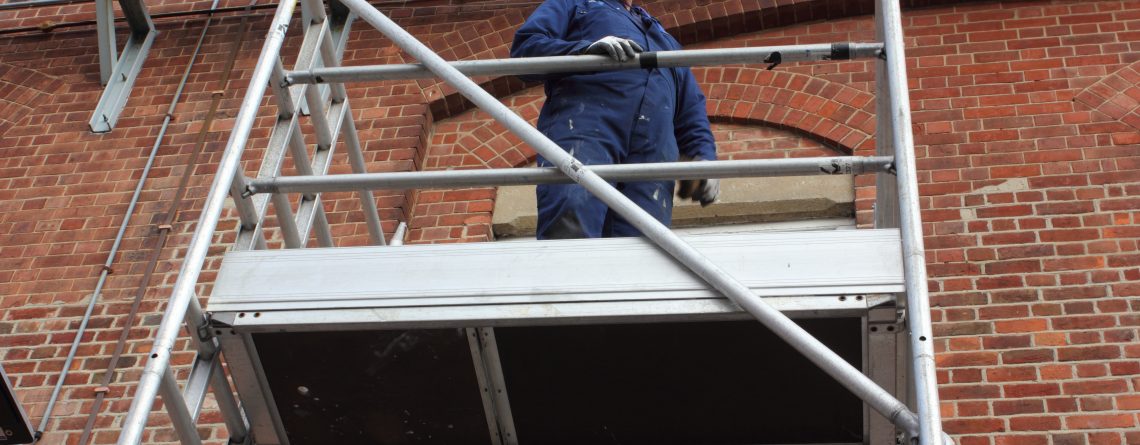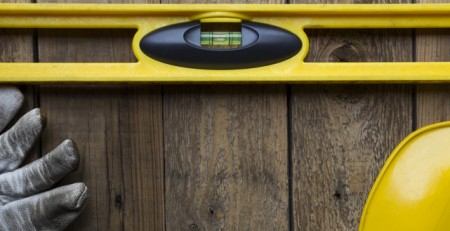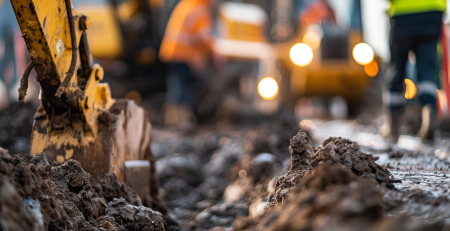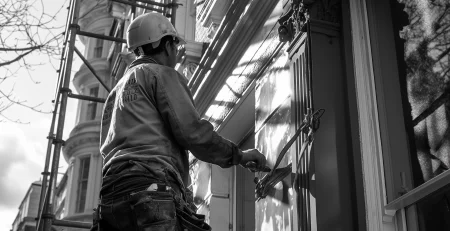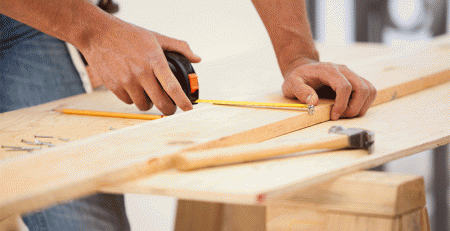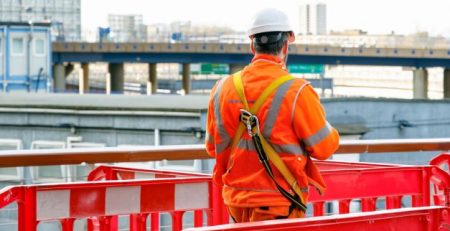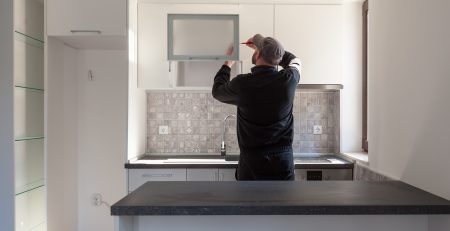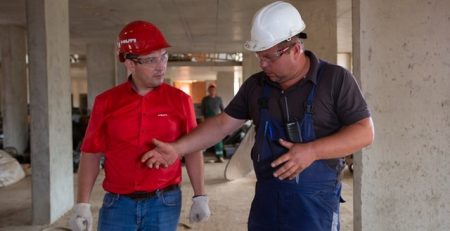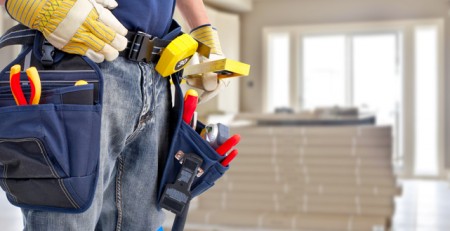Working Safely on Scaffolding – The Do’s and Don’ts
Falls are one of the leading causes of death at building sites and a high percentage of these fatalities are attributed to scaffold related falls and accidents.
The main issue with safety when working on scaffolding is all down to whether the scaffolding structure is completely safe to work on. This means working on scaffolding which has been erected by trained professionals under the supervision of a competent person and that the scaffold has been correctly inspected before use. It’s also important that each worker has been equipped with proper protective equipment and has been thoroughly trained on safe work practices both when working at height and on the scaffold.
Do’s
- Get properly trained before using any scaffolding. Training must be given by a qualified person and include the identification of electrocution, falls and potential falling object hazards and the procedures that should be carried out when dealing with those hazards. This training should also include the proper use of the scaffold, how to handle materials and the load capacities of the scaffold.
- Before getting on the scaffolding, check that a competent person has inspected the structure fully and deemed it safe to use and in proper working order. Scaffolds can only be erected, dismantled, altered or moved by trained workers under the direct supervision of a competent person.
- Always ensure you’re wearing a hard hat when working on, under and around a scaffold structure. You should also get a good, sturdy, non-skid pair of work boots and consider using tool lanyards to hold loose tools secure when working on scaffolds.
- Be mindful at all times of any co-workers working above and below you, as well as others on the scaffold. If you witness any improper use on or around a scaffold you should stop when you are doing immediately and notify a supervisor.
- Ensure that anyone who is to work on the scaffold is licensed to do so. Unlicensed workers usually don’t have the necessary insurance to work on construction sites and will only end up putting the project company at risk of legal action in the event of an accident/fatality. Using unlicensed workers also puts other workers and future occupants of the building at risk.
Don’ts
- Never leave anything on the scaffold at the end of the work shift. Even if tools and materials will be used later, it is better to move them off the scaffold and bring them back when needed than leaving them lying around on the platform. Any item left can potentially trip up other scaffold users, causing injury or death. These items can also pose falling objects hazards as a strong wind or vibration can cause them to roll and fall off the scaffold, potentially injuring people under or around the structure.
- No matter how behind schedule you are, never overload a scaffold beyond its load limit. The scaffold will have the load and height information stencilled or printed on the side that provides information of the maximum number of people that should be on the platform at a given time as well as its load-carrying capacity. Even though a scaffold is typically capable of supporting more than double the stated load capacity, there should be a limit to avoid overburdening the scaffold and putting safety workers at risk.
- During adverse weather, a scaffold can get extremely slippery and should not be used. Rain, Ice, Snow, Mud and even debris left after a downpour should be thoroughly cleaned off the platforms before anyone is allowed on the structure. It is also advised to not use scaffolding in bad weather such as when it is raining, snowing or in strong winds. These weather conditions can make scaffolding potentially dangerous for all who will be working on it and can lead to accidents.
- Workers should never climb on any portion of the scaffolding frame. Always ensure the use of a fixed ladder, internal access stairway or built-in ladder to access the working platform. Never climb with any materials or tools in your hand, they should always be hoisted up onto the scaffolding separately.
- If you suspect that scaffolding has been damaged, tampered with or any components are missing, such as planking, guardrails, toe boards, debris nets or protective canopies, never use it. Notify a supervisor immediately to get the scaffold restored into proper working order and inspected by a competent person. Never tamper with or attempt to repair a scaffold unless you have received proper training in scaffold erection.
- Never use boxes or ladders to increase your work height. If you can’t reach an area, then you should request that your supervisor has the scaffold platform raised. Never use stilts unless the scaffold guardrails have been extended to a height that is equal to the height of the stilts.
A building site will only be as safe as you make it, but if you are using a scaffold, these essential tips will help you create a safe and accident-free work area. If you are unsure about working on scaffolding or choosing a safe structure, it’s a good idea to call in a local, trustworthy scaffolding company.
Freya works with ASC Edinburgh Ltd, leading supplier of high-quality Scaffolding in Glasgow, to help provide expert information on a variety of scaffolding solutions.

